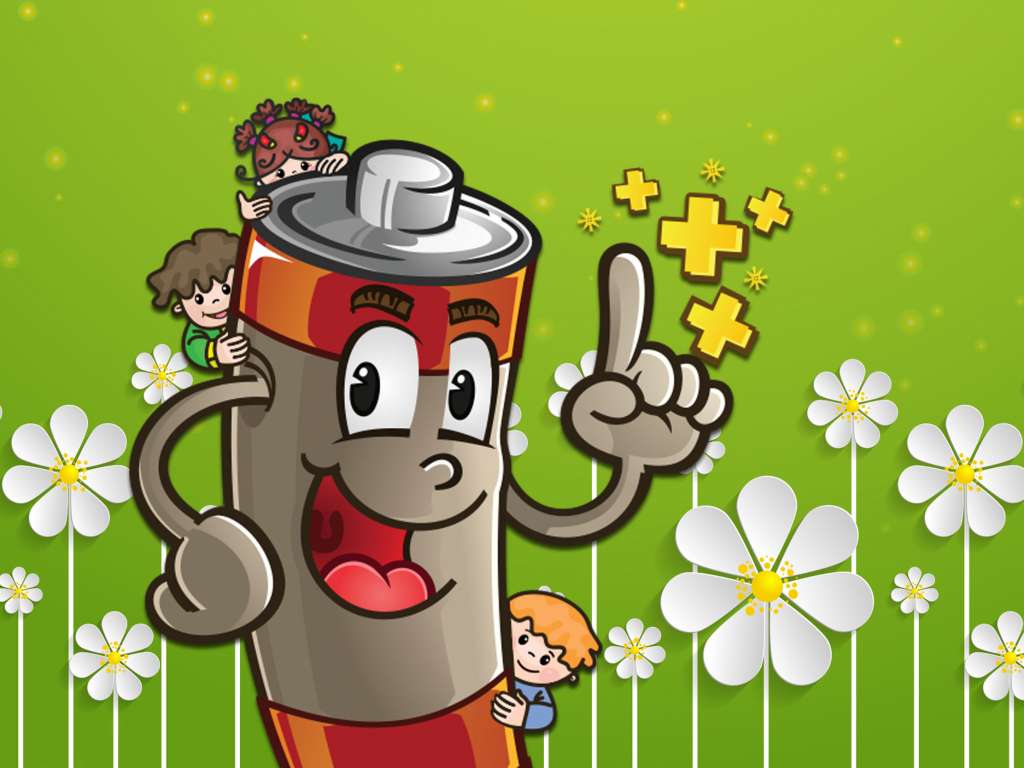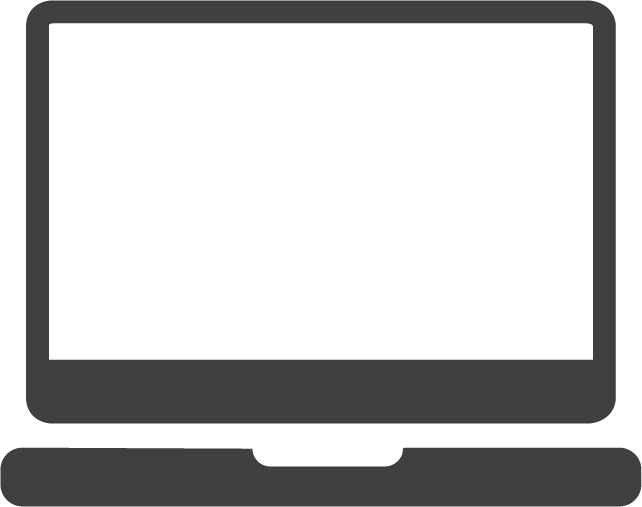Who are you
Consumer
Why we need to recycle?
As consumers buy more and more products, product lifecycles consistently decrease. This increases waste volume, such as discarded packaging, batteries, and disused devices. Simple solutions can relieve the pressure.
Effective recycling solutions benefit people, businesses, and the environment. And they are needed more than ever at a time when waste volumes are increasing and efficient ways must be found to recycle electronic devices, batteries, bottles, paper metal, glass, packaging, and more.
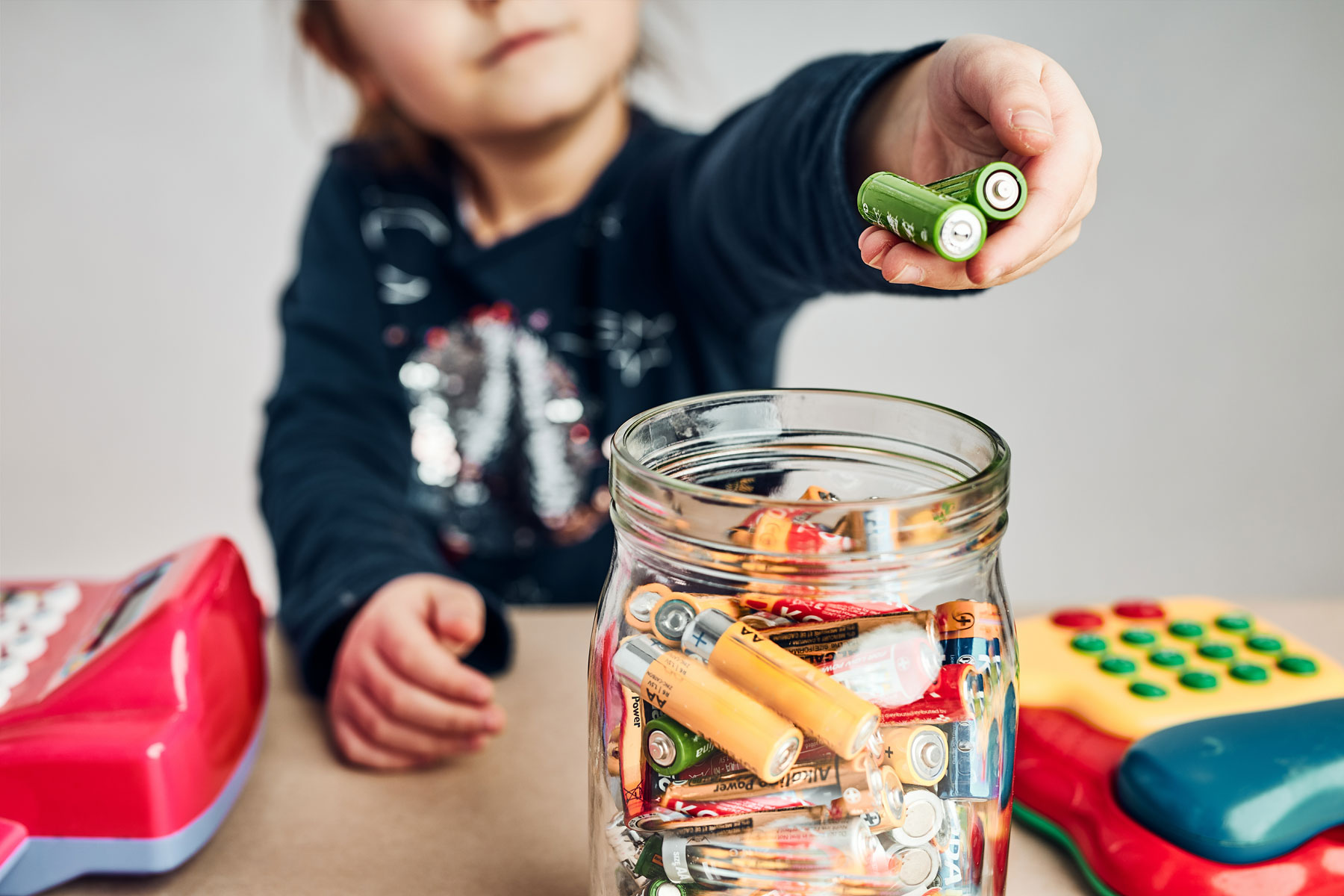
Where can I recycle?
WEEE
Recycle your household waste electrical items for free at your local recycling centre or at your local electrical retailer on a one-for-one, like-for-like basis, instore or upon delivery, free of charge.
The retailers, Currys, DID, Euronics, Expert, Harvey Norman, Power City and Soundstore offer free recycling of all household e-waste instore with no purchase required, as part of the ‘We’ll Take It Back’ Programme.
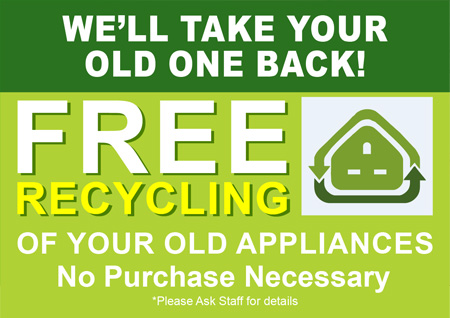
Batteries
Recycle your used batteries at your local newsagent, supermarket or recycling centre, free of charge!
MyWaste.ie is Ireland’s official guide to managing your waste. Here you can find an interactive map which will show your nearest local recycling centre and authorised collection point for WEEE and battery recycling
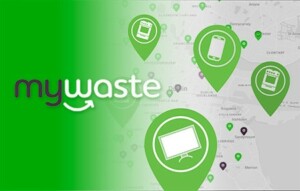
Recycling
What happens to your waste?
We believe recycling should be simple.
However, with so many types of products and materials, and multiple packaging symbols, it’s not always easy to distinguish what is recyclable from what isn’t.
To help simplify things, we’ve assembled an interactive guide of what you can and can’t recycle, with some general information about what happens during recycling and what can be reused.
Learn about the recycling process by selecting the icons below.
Large domestic appliances
Washing machines, tumble dryers, dishwashers, ovens.
The first stage of recycling is decontamination: cables and other electrical components are removed; ballasts, plastics, iron compounds and other metals are separated and recovered. These materials are then sent for further processing and recovery.
Recycling process
1. Pre-shedding decontamination
2. Shredding
3. Separation
Recovered materials
Cables
Concrete
Capacitor
Plastic
Ferrous Metal
Non-Ferrous Metal
Temperature exchange equipment /Cooling appliances
Refrigerators, freezers, automatic cold products delivery machines.
Products include fridges, freezers, and any appliances with refrigerating devices such as water coolers. Some appliances also contain refrigerant gases classified as Ozone Depleting Substances (ODS) such as chlorofluorocarbons (CFC), hydrofluorocarbons (HFC) and hydro-chlorofluorocarbons (HCFC) that are now banned.
These gases are captured and treated in ODS recovery plants. Cold appliance de-pollution entails a variety of processes: compressors are decontaminated to recover ODS and oils; insulating foam is treated to recover ODS; metals are salvaged and resold, and plastics can be reused for new products. Recovered oils and ODS are destroyed in a specialised treatment process.
Recycling process
1. Decontamination
2. Shredding
3. Separation
4. Foam decontamination
Recovered materials
Gas
Oil
Capacitor
Plastic
Ferrous Metal
Foam
Display equipment
Televisions, screens, LCD, pc monitors
Display equipment includes cathode ray tubes (found in old-style TV sets and computer monitors) and flat-screen TVs and computer monitors, such as plasma and liquid crystal displays (LCD).
Cathode ray tubes (CRT) contain hazardous phosphor powder, leaded glass, copper, and other rare metals. These materials can be reused to make new products. Panel and funnel glass from the cathode ray tubes are also recovered. The coating on the funnel glass is removed and the glass is cleaned for new CRT manufacture.
Most LCD TVs use mercury lamps to light the screen. To remove the lamps, the appliance must be disassembled before processing the LCD screen. Research is currently being carried out to develop more effective, automated solutions.
Recycling process
1. Hand dismantling
2. Cathode ray tube separation (Pb, Ba)
3. Crushing and metal removal
4. Glass cleaning
Recovered materials
Ferrous Metal
Foam
Monitor body and electronics
Circuit Board
Leaded glass
Unleaded glass
Small Domestic Appliances
Vacuum cleaners, appliances for sewing, irons, toasters, electric knives, hairdryers, radio sets, electrical and electronic toys, luminaires;
This is the most complicated WEEE stream as a wide variety of materials can be recovered: wood, metal, plastic, glass, and cardboard.
This category includes appliances for cleaning (e.g. vacuum cleaners, carpet sweepers, etc.), appliances used for sewing, knitting, weaving and other processing for textiles, irons and other appliances for ironing, mangling and other care of clothing, toasters, fryers, grinders, coffee machines and equipment for opening or sealing containers or packages, electric knives, appliances for hair cutting, hair drying, tooth brushing, shaving, massage and other body care appliances, clocks, watches and equipment to measure, indicate or registering time, etc.
These appliances are shredded, and plastics are separated from metals. Initial decontamination includes the removal of ink toners, cartridges, batteries, and cables.
Recycling process
1. Manual pretreatment
2. Crushing
3. Picking station
4. Shredding
5. Separation
Recovered materials
Cables
Waste
Plastic
Fine materials
Ferrous Metal
Non-Ferrous Metal
Individual Components
Lamps
straight fluorescent lamps, compact fluorescent lamps, low-pressure sodium lamps, LED lamps.
This category includes fluorescent tubes and low-energy light bulbs, also known as compact fluorescent lamps (CFL), while old-style filament light bulbs and halogen lights are not categorised as WEEE.
Lamps are crushed and washed or treated in pressurised containers. Specialised machines are used to remove hazardous mercury and phosphor. Then, the remaining material is sorted into glass, metals, and plastics.
Phosphor powder and recovered mercury can be re-used to make new lamps. The crushed glass can be used for furnace linings or, if pure enough, to make new lamps. Aluminium end caps are smelted, and other metals are recycled.
Recycling process
1. Shredding
2. Separation
3. Dust recovery
Recovered materials
Ferrous Metal
Non-Ferrous Metal
Mercury
PV panels
Silicon-based PV panels require normal flat glass treatment and no special removal of the semiconductor layer.
Non-silicon-based PV panels require special semiconductor removal technology and isolation of toxic heavy metals.
Recycling process
1. Remove cables, plug and semiconductor
2. Separate aluminium and glass from the PV module
3. Remove labels
4. Reuse or recycle the EVA film and recover chemical elements such as cadmium and selenium
5. Separate into fractions
(EVA film, Aluminium, Wafer, Cable and plastic plug, Semiconductor, Glass)
6. Recycle the glass fraction in a smelter
Recovered materials
Leaded glass
Individual Components
Plastic
Unleaded glass
Cables
Metal
Cadmium
Batteries
Small producers
You may only place small amounts of batteries onto the market but need a trusted, reliable partner to carry out your obligations. We can do this for you.
Large producers
If your company places significant amounts of batteries onto the market, we offer competitive compliance solutions, as well as expertise in take-back and awareness-raising campaigns.
Recycling process
1. Sorting
2. Shredding
Recovered materials
Plastic
Lead
Cobalt
Nickel
Metal
Manganese
Acid
Mercury
Zinc
Cadmium
Recycling Process
- Collection
- Separation
- Decoating (if coated)
- Melting
- Casting
- Manufacture
Recycling Process
- Collection
- Treatment (including sorting, cleaning and decontamination)
- Crushing and melting
- Manufacture
Recycling Process
- Collection
- Processing (including de-inking, cleaning and screening)
- Manufacture
Recycling Process
- Collection
- Compacting
- Melting
- Casting
- Rolling
- Manufacture
Recycling Process
- Collection
- Sorting and separation
- Shredding
- Treatment
- Manufacture
Recycling Process
- Collection
- Segregation
- Decontamination
- Production
- Final products
IT Equipment
Centralised data processing:
• Mainframes, minicomputers and printer units
Personal computing:
• Personal computers (CPU, mouse, screen and keyboard included), laptop computers (CPU, mouse, screen and keyboard included), notebook computers, notepad computers
• Printers, copying equipment, electrical and electronic typewriters
• Pocket and desk calculators
• Other products and equipment for the collection, storage, processing, presentation or communication of information by electronic means
• User terminals and systems
• Facsimile machine (fax), telex, telephones, pay telephones, cordless telephones, cellular telephones, answering systems
• Other products or equipment of transmitting sound, images or other information by telecommunications
Reuse process
1. Inspection
2. Cleaning
3. Data Sanitation
4. Repair
Recycling process
1. Decontamination
2. Shredding
3. Separation
Recovered materials
Cables
Screens
Capacitors
Plastics
Metals
Batteries
Circuit boards
ERP Free Electrical Recycling Drop Off Events
The ERP Free Recycling events programme offers householders an accessible central collection point to bring their electrical and used batteries for recycling. The programme educates the public on the importance of diverting WEEE and used batteries from landfill and promotes responsible recycling.
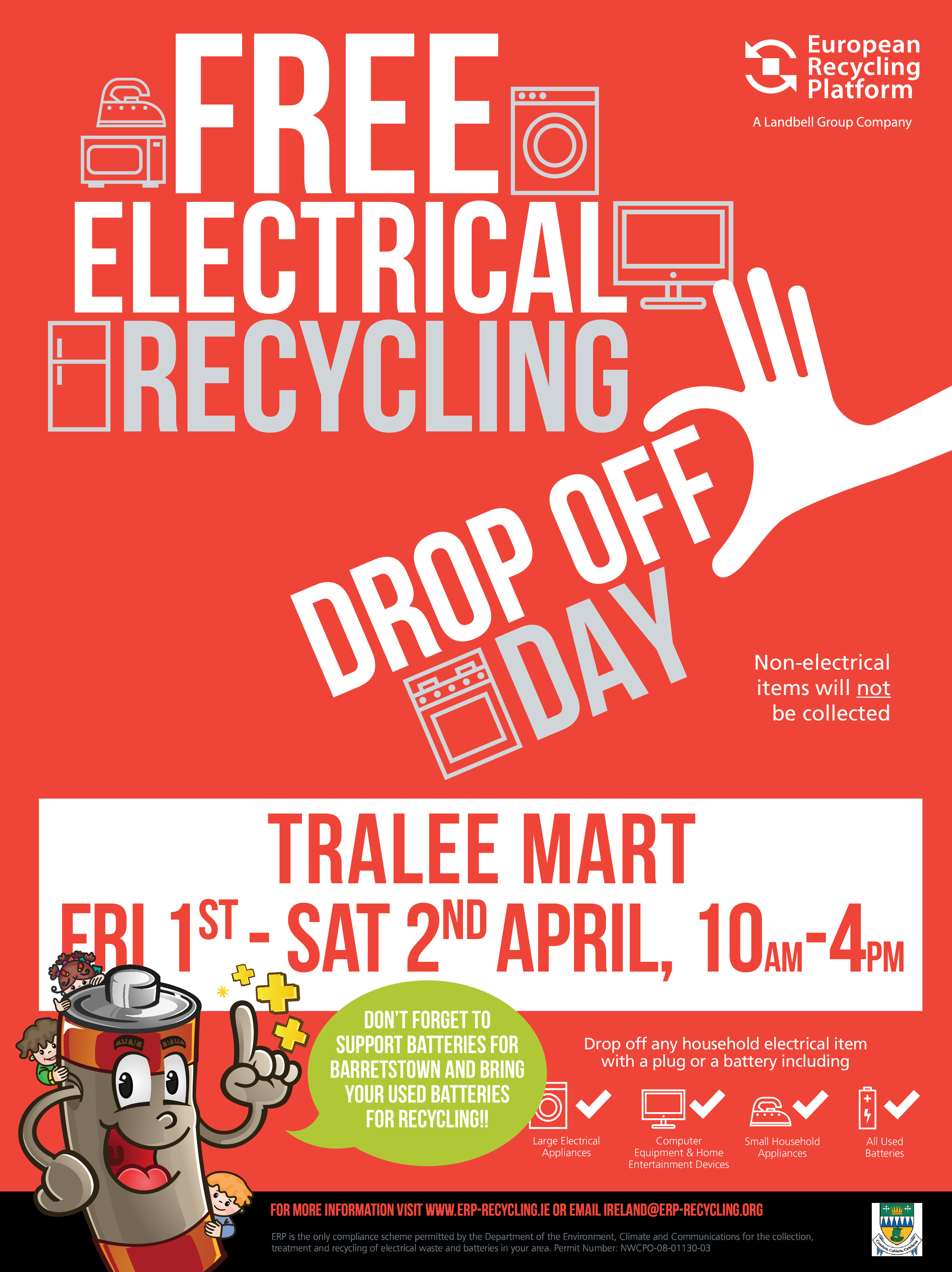
Batteries for Barretstown
ERP created a programme, ‘Batteries for Barretstown’ to educate Ireland on the importance of battery recycling, increase the number of batteries recycled in Ireland through ERP collection points. Since its launch, the education initiative has generated sustained media coverage across national, regional and online media; increased battery recycling numbers by engaging Irish consumers and stakeholders across the country, driving behavioural change and raising much-needed funds for Barretstown.
‘Batteries for Barretstown’ is running in the following counties (Louth, Meath, Monaghan, Dublin Fingal, Limerick, Cavan, Clare, and Kerry). The campaign has won the hearts and minds of those involved and was announced as winner of the ‘Excellence in CSR Communication’ at the Chambers Ireland CSR Awards 2019 and was shortlisted for a Green Award and for a Pakman Award.
